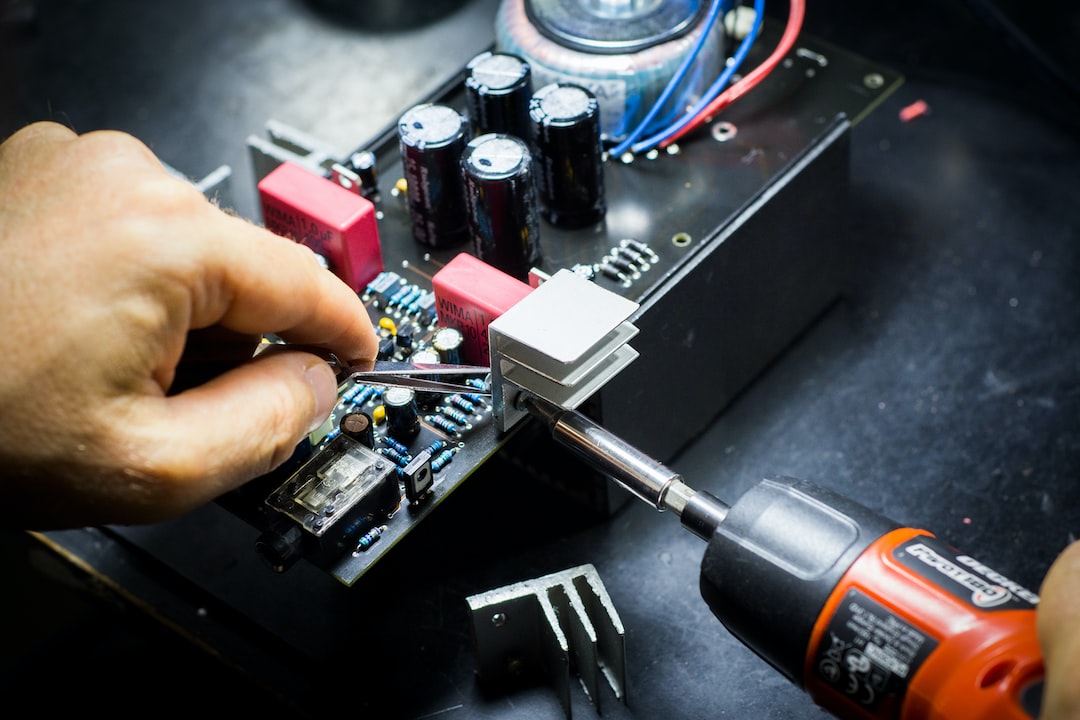The role of predictive maintenance in reducing downtime
In today’s fast-paced industrial world, businesses are constantly seeking ways to minimize downtime and maximize productivity. One crucial tool that has proven to be highly effective in achieving this goal is predictive maintenance. By utilizing advanced technologies and data analysis, predictive maintenance can significantly reduce downtime, saving companies valuable time and money.
Traditionally, maintenance practices have relied on a fixed schedule or reactive approach, where machines are serviced or repaired after a failure occurs. This method often results in unexpected downtime, as equipment failures can happen at any time. With predictive maintenance, companies can proactively identify potential issues before they escalate and cause unplanned downtime.
The key to predictive maintenance lies in the collection and analysis of real-time data from machines and equipment. By monitoring factors such as temperature, vibration, and pressure, maintenance teams can detect subtle changes or anomalies that indicate a potential problem. This data is then analyzed using sophisticated algorithms and predictive models to accurately predict when and how failures may occur.
One of the major advantages of predictive maintenance is the ability to schedule maintenance during planned downtime, instead of waiting for a sudden breakdown. By addressing potential issues in a controlled environment, companies can avoid costly and time-consuming repairs during peak production periods. This optimization of maintenance schedules ultimately leads to increased overall productivity and reduced downtime.
Predictive maintenance also enables businesses to extend the lifespan of their equipment. By proactively identifying and addressing issues early on, companies can prevent further damage and prolong the longevity of their assets. This not only saves money on premature replacements but also maximizes return on investment.
Moreover, predictive maintenance helps businesses optimize their inventory and spare parts management. By accurately predicting when components may fail or require replacement, companies can stock the necessary parts in advance, eliminating the need for emergency orders or overnight deliveries. This not only reduces downtime but also cuts inventory and transportation costs.
Another significant benefit of predictive maintenance is improved worker safety. When machines are properly maintained and monitored, the risk of sudden failures or accidents is minimized. By reducing the likelihood of unexpected equipment malfunctions, companies can create a safer working environment for their employees.
In conclusion, predictive maintenance plays a crucial role in reducing downtime and maximizing productivity. By leveraging real-time data and advanced analytics, companies can proactively address potential issues, schedule maintenance during planned downtime, extend the lifespan of equipment, optimize inventory management, and improve worker safety. Investing in predictive maintenance is a strategic move that enables businesses to stay ahead in the competitive market by reducing downtime and increasing operational efficiency.
